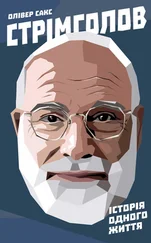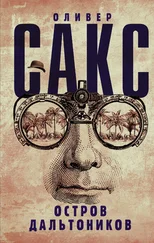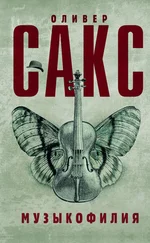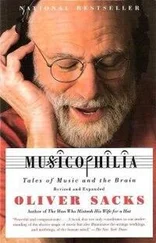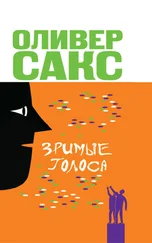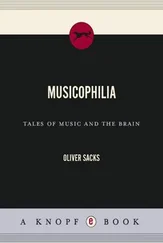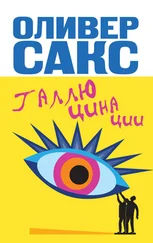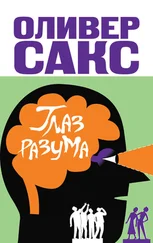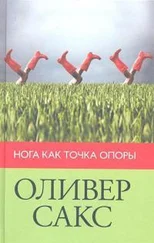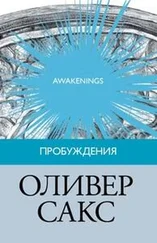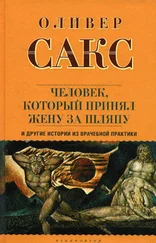There were also stamp albums, and the stamps I most loved were those of remote islands, with pictures of local scenes and plants, stamps which could themselves provide a vicarious voyage. I adored stamps showing different minerals, and peculiar stamps of various sorts – triangular ones, imperforate ones, stamps with inverted watermarks or missing letters or advertisements printed on the back. One of my favorites was a strange Serbo-Croat stamp from 1914 which was said to show the features of the murdered Archduke Ferdinand when viewed from a certain angle. But the collection closest to my heart was a singular collection of bus tickets. Whenever one took a bus in London in those days, one got a colored oblong of cardboard bearing letters and numbers. It was after getting an O 16 and an S 32 (my initials, also the symbols of oxygen and sulphur – and added to these, by a happy chance, their atomic weights, too) that I decided to make a collection of ‘chemical’ bus tickets, to see how many of the ninety-two elements I could get. I was extraordinarily lucky, so it seemed to me (though there was nothing but chance involved), for the tickets accrued rapidly, and I soon had a whole collection (W 184, tungsten, gave me particular pleasure, partly because it provided my missing middle initial). There were, to be sure, some difficult ones: chlorine, irritatingly, had an atomic weight of 35.5, which was not a whole number, but, undismayed, I collected a CI 355 and inked in a tiny decimal point. The single letters were easier to get – I soon had an H 1, a B 11, a C 12, an N 14, and an F 19, besides the original O 16. When I realized that atomic numbers were even more important than atomic weights, I started to collect these as well. Eventually, I had all the known elements, from H 1 to U 92. Every element became indissolubly associated with a number for me, and every number with an element. I loved carrying my little collection of chemical bus tickets with me; it gave me the sense that I had, in the space of a single cubic inch, the whole universe, its building blocks, in my pocket.
Attracted by the sounds and flashes and smells coming from my lab, David and Marcus, now medical students, sometimes joined me in experiments – the nine- and ten-year age differences between us hardly mattered at these times. On one occasion, as I was experimenting with hydrogen and oxygen, there was a loud explosion, and an almost invisible sheet of flame, which blew off Marcus’s eyebrows completely. But Marcus took this in good part, and he and David often suggested other experiments.
We mixed potassium perchlorate with sugar, put it on the back step, and banged it with a hammer. This caused a most satisfying explosion. It was trickier with nitrogen tri-iodide, easily made by adding concentrated ammonia to iodine, catching the nitrogen tri-iodide on filter paper, and drying it with ether. Nitrogen tri-iodide was incredibly touch-sensitive; one had only to touch it with a stick – a long stick (or even a feather) – and it would explode with surprising violence.
We made a ‘volcano’ together with ammonium dichromate, setting fire to a pyramid of the orange crystals, which then flamed, furiously, becoming red-hot, throwing off showers of sparks in all directions, and swelling portentously, like a miniature volcano erupting. Finally, when it had died down, there was, in place of the neat pyramid of crystals, a huge fluffy pile of dark green chromic oxide.
Another experiment, suggested by David, involved pouring concentrated, oily sulphuric acid on a little sugar, which instantly turned black, heated, steamed, and expanded, forming a monstrous pillar of carbon rising high above the rim of the beaker. ‘Beware’, David said, as I gazed at this transformation. ‘ You’ll be turned into a pillar of carbon if you get the acid on yourself.’ And then he told me horror stories, probably invented, of vitriol throwings in East London, and patients he had seen coming into the hospital with their entire faces all but burned off. (I was not quite sure whether to believe him, for when I was younger he had told me that if I looked at the Kohanim as they were blessing us in the shul – their heads were covered with a large shawl, a tallis, as they prayed, for they were irradiated, at this moment, by the blinding light of God – my eyes would melt in their sockets and run down my cheeks like fried eggs.) [9] I read John Hersey’s Hiroshima a few years later, and I was struck by this passage: When he had penetrated the bushes, he saw there were about twenty men, and they were all in exactly the same nightmarish state: their faces were wholly burned, their eyesockets were hollow, the fluid from their melted eyes had run down their cheeks. (They must have had their faces upturned when the bomb went off…)
* * *
I spent a good deal of my time in the lab examining chemical colors and playing with them. There were certain colors that held a special, mysterious power for me – this was especially so of very deep and pure blues. As a child I had loved the strong, bright blue of the Fehling’s solution in my father’s dispensary, just as I had loved the cone of pure blue at the center of a candle flame. I found I could produce very intense blues with some cobalt compounds, with cuprammonium compounds, and with complex iron compounds like Prussian blue.
But the most mysterious and beautiful of all the blues for me was that produced by dissolving alkali metals in liquid ammonia (Uncle Dave showed me this). The fact that metals could be dissolved at all was startling at first, but the alkali metals were all soluble in liquid ammonia (some to an astounding degree – cesium would completely dissolve in a third its weight of ammonia). When the solutions became more concentrated, they suddenly changed character, turning into lustrous bronze-colored liquids that floated on the blue – and in this state they conducted electricity as well as a liquid metal like mercury. The alkaline earth metals would work as well, and it did not matter whether the solute was sodium or potassium, calcium or barium – the ammoniacal solutions, in every case, were an identical deep blue, suggesting the presence of some substance, some structure, something common to them all. It was like the color of the azurite in the Geological Museum, the very color of heaven.
Many of the so-called transition elements infused their compounds with characteristic colors – most cobalt and manganese salts were pink; most copper salts deep blue or greenish blue; most iron salts pale green and nickel salts a deeper green. Similarly, in minute amounts, transition elements gave many gems their particular colors. Sapphires, chemically, were basically nothing but corundum, a colorless aluminium oxide, but they could take on every color in the spectrum – with a little bit of chromium replacing some of the aluminium, they would turn ruby red; with a little titanium, a deep blue; with ferrous iron, green; with ferric iron, yellow. And with a little vanadium, the corundum began to resemble alexandrite, alternating magically between red and green – red in incandescent light, green in daylight. With certain elements, at least, the merest smattering of atoms could produce a characteristic color. No chemist could have ‘flavored’ corundum with such delicacy, a few atoms of this, a few ions of that, to produce an entire spectrum of colors.
There were only a handful of these ‘coloring’ elements – titanium, vanadium, chromium, manganese, iron, cobalt, nickel, and copper, so far as I could see, being the main ones. They were, I could not help noticing, all bunched together in terms of atomic weight – though whether this meant anything, or was just a coincidence, I had no idea at the time. It was characteristic of all of these, I learned, that they had a number of possible valency states, unlike most of the other elements, which had only one. Sodium, for instance, would combine with chlorine in only one way, one atom of sodium to one of chlorine. But there were two combinations of iron and chlorine: an atom of iron could combine with two atoms of chlorine to form ferrous chloride (FeCl 2) or with three atoms of chlorine to form ferric chloride (FeCl 3). These two chlorides were very different in many ways, including color.
Читать дальше

